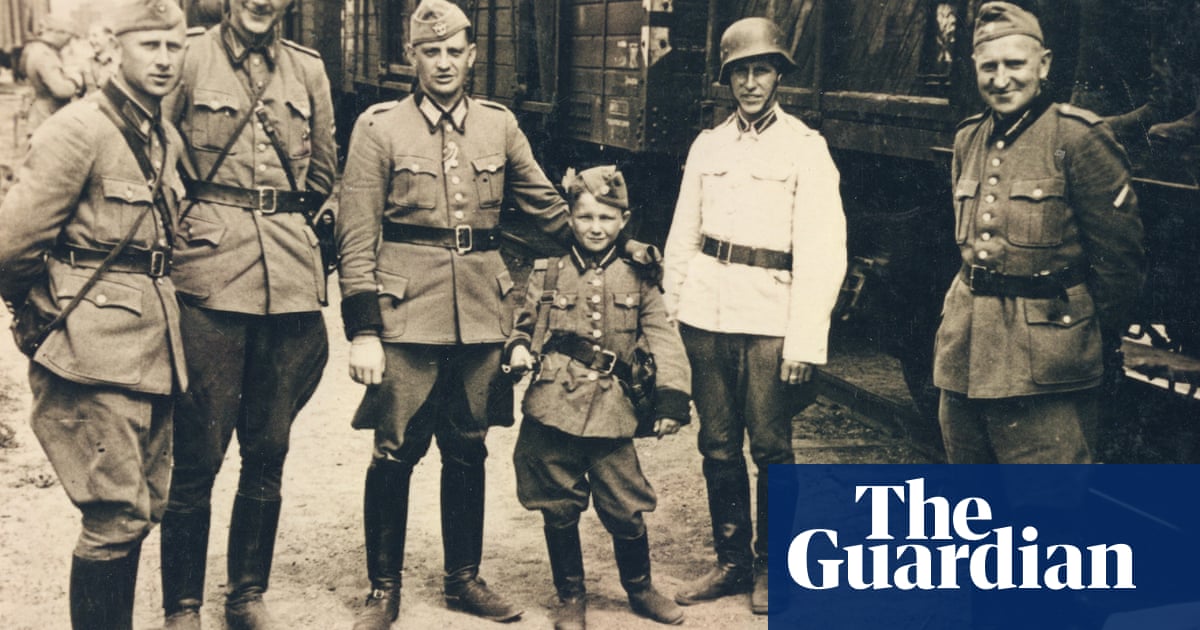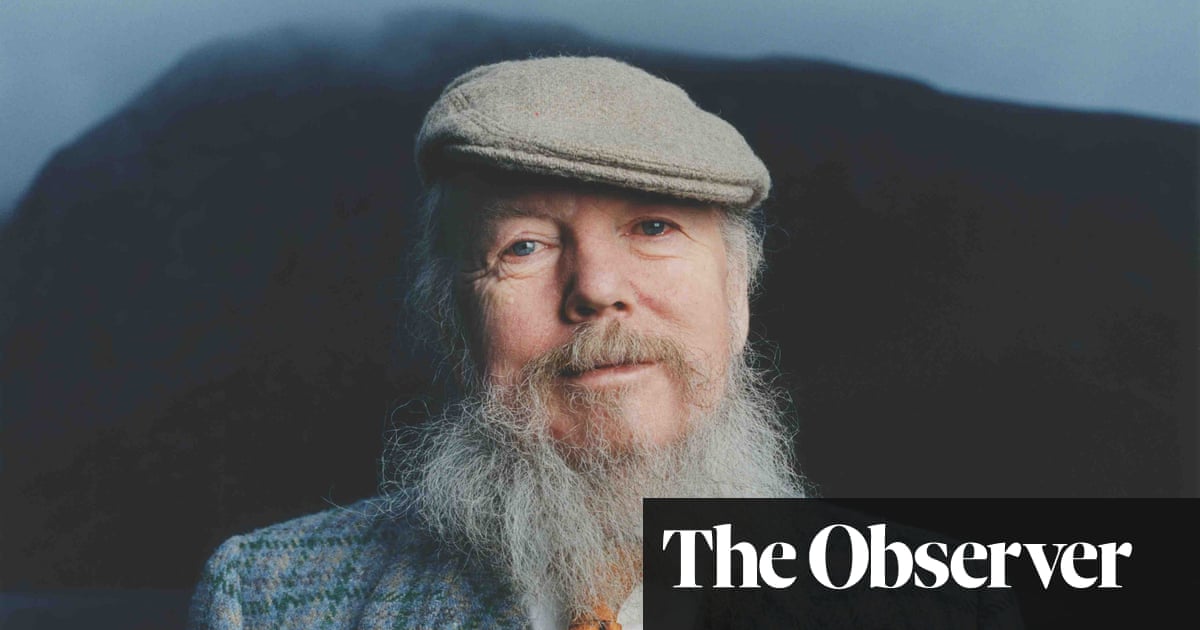
Soon after the pandemic plunged Spain into confinement, Josep Maria García received a panicked call from his brother-in-law.
“He told me not to worry, but that I should google the phrase ‘the worst person you know’,” said García. “I put it in and there I was, everywhere. I scrolled down and it was my face, my face, my face. I thought what is going on?”
Paranoia washed over him as he scrambled to piece together what had happened. He had posed for the photo in 2014 as he accompanied his brother-in-law, a professional photographer, on a work trip to Barcelona. As his brother-in-law, who García asked not to be named, prepared for a photo session with an American writer, he asked García to stand in so that he could adjust for the light.
The photo of García, then 34, turned out well – so well that the pair decided to upload it to the Getty Images catalogue.
García vaguely recalled that in 2018 his brother had told him that the image had been used to illustrate an article for a US satirical magazine. At the time he had paid little heed; now as he sifted through the internet he realised he had unwittingly become a global meme. The picture had been used to illustrate a light-hearted piece about an obnoxious colleague who normally talks rubbish for once coming out with a killer observation about politics that no one can top.
“You wonder, okay, now what happens,” he told the Guardian. “Will people show up here, wanting to get to know me? Or wanting to beat me up?”
He struggled to reconcile his online renown with his life in Molins de Rei, a municipality of 26,000 people near Barcelona. Online he was super-famous, – a quick search of the phrase ‘worst person you know’ pulls up almost two billion results – but the fact that it was in English meant that few in his hometown or in the marketing agency where he works knew anything about it.
“I would go to work and everything was normal, nobody greeted me differently,” said García.
His day-to-day life rarely intersected with his online infamy, until a journalist dropped clues on how to find him in a series of social media posts. Messages came pouring in from across the English-speaking world, prompting his brother-in-law to remove the photo.
But it had already come to define García online. “I’ve read comments that say ‘he has the face of a Nazi supremacist’ or that ‘there is no empathy in my look’,” he said. He shrugged off the comments, adding with a laugh: “I’ve got a lot of photos with that look – that’s my look.”
One of the few people globally who shares his experience of having a face that precedes them is András Arató, a retired Hungarian engineer who in 2019 went public with what it was like to discover his face was a global meme, in his case “Hide the Pain Harold”.
“At first it was a shocking experience,” Arató, then 73, told TEDxKyiv. “I didn’t know what to do.”
Arató’s first reaction was to shut it all down by taking back the stock photos he had sat for one year earlier. Once he calmed down, he opted to wait and see. “My only hope was that with so many new things day after day on the internet, people will slowly forget about me,” he said. “I must say I was totally wrong.”
His eureka moment came when he decided to reclaim his image, launching his own Facebook fan page with videos and stories of his travels. Offers to collaborate soon came rolling in, transforming Arató into a celebrity in his own right; from a role in a Hungarian TV commercial to a bit part in a video about Manchester City.
More than two years after stumbling upon the ubiquity of his meme, García – who described himself as reserved – has come to accept his singular status. “It’s not easy. It’s surprising how many millions of hits there are,” he said. “But it’s true that with the passing of time, you start to see it differently.”
For years he rebuffed interview requests, choosing to instead to stay out of the spotlight. But in recent months, as he mulls launching T-shirts that feature his meme, he has opened up to a handful of media. He has steadfastly refused to be photographed – “lest it go viral again”, he told one newspaper – hinting at the scars that continue to linger.
He brushed off suggestions that his meme may have been harder to accept than others. Instead he pointed to swirling debate online as to whether the photo depicts him as the worst person or whether he is captured looking at such a person.
Even so, the adverse association was hammered home during a recent appearance on Spanish TV, when he was greeted with the line: “You don’t have the face of a bad person.”
The TV hosts proceeded to playfully quiz him on whether he might be the worst person they knew, asking him what kind of commission he would charge if supplying face masks during the pandemic or if he would tidy up after throwing a party at a hotel. “Thank you for your sense of humour,” one host said as García proved himself a charming guest.
He has learned to lean on his sense of humour. “I find it quite funny, it’s a good article. It doesn’t disturb me or anything,” he said. “But that surprises people. There are some who ask me ‘are you seriously okay with all this?’”












